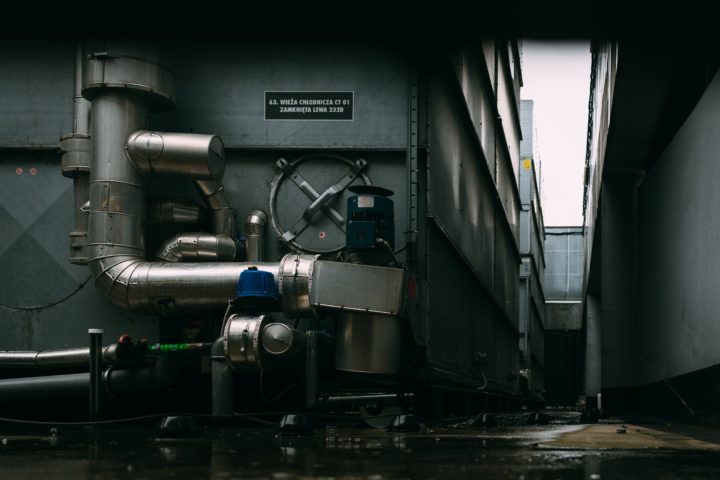The following contribution is from another author.
Boilers work by transferring the heat from combustion to the water. In a traditional boiler, hot flue gas is let into a tube filled with water, using a natural draft or forced draft. This causes the pressure difference between the inside and outside of the boiler to increase, which in turn increases efficiency. The higher pressure will cause an increased velocity of the fluid flowing through it and thus more heat transfer occurs. Here is a list of some of the top high-efficiency boilers.
1. Accel CSi-90
The Accel CSi-90 is a high-efficiency boiler that uses natural gas to heat water. With this boiler, there are no excess emissions of dangerous gases like nitrogen oxide, carbon dioxide or NOx, so this will be a way to save money with a high efficiency boiler easily. This boiler can achieve at least 98.3% fuel efficiency under the right conditions – with just one litre of fuel required for 1-hour operation (one litre of gasoline).
2. Germania Steam Heating
The Germania steam heating high-efficiency coal-fired has a maximum thermal input of 8000 kW and a continuous output up to 6300kW at 102 bar g. It is an extremely high efficient coal-fired boiler that can run on bituminous coal, ignite, anthracite and lignite, low-quality coal and high ash wastes.
3. Aebi Boiler
The Aebi Indirect Heat-Recovery (IHR) boiler is a little more complicated than the two listed above; however, it can run at 97% net efficiency and provide heating for up to 14 hours per day. It has an output of 10MWth and was developed in 2007. This device can be used in power plants or district heating facilities and works by recovering heat from flue gas through heat exchangers before cooling down water through another heat exchanger before it is distributed around the building.
4. Germania GSR/II-1
The Germania GSR/II-1 high-efficiency coal-fired boiler is much like the other one listed above, but it actually uses gas to power itself instead of using fuel. This means that this boiler still costs money to run when not in use because there is no way to turn off the burner except after turning off the heat exchangers. It can be used in district heating units and central units with an output up to 9000 kW at 102 bar g. Additionally, its maximum thermal input is 7520 kW.
5. Siemens Power Plant
The Siemens Power Plant high-efficiency boiler works in much the same way as all others on this list: by transferring heat from burning in a furnace and passing it through to water. However, this boiler has increased efficiency of up to 51% compared to other methods that are usually around 34%. This particular boiler can be used in power plants or individual units and is known for its reliability.
6. Bosch-Rexroth Indirect Heat Recovery
The Bosch Rexroth indirect heat recovery high-efficiency boilers work by recovering steam from post-combustion flue gas before cooling it down through another heat exchanger using cold sea or surface water. The exhaust steam then goes into a condenser where it is cooled down even more before being sent into the system while condensed water goes back into the process again. With this type of boiler, is no excess emissions of dangerous gases like nitrogen oxide, carbon dioxide or NOx. The maximum output for this boiler is 5MWth at 900 °C with an input of 4500 kW at 14 bar g – so it definitely qualifies as a high-efficiency boiler.
As seen above, there are many different types of boilers that can be used for heating. The most efficient way to heat a building or water is through high-efficiency boilers because they use less fuel in order to provide the same energy output.
















